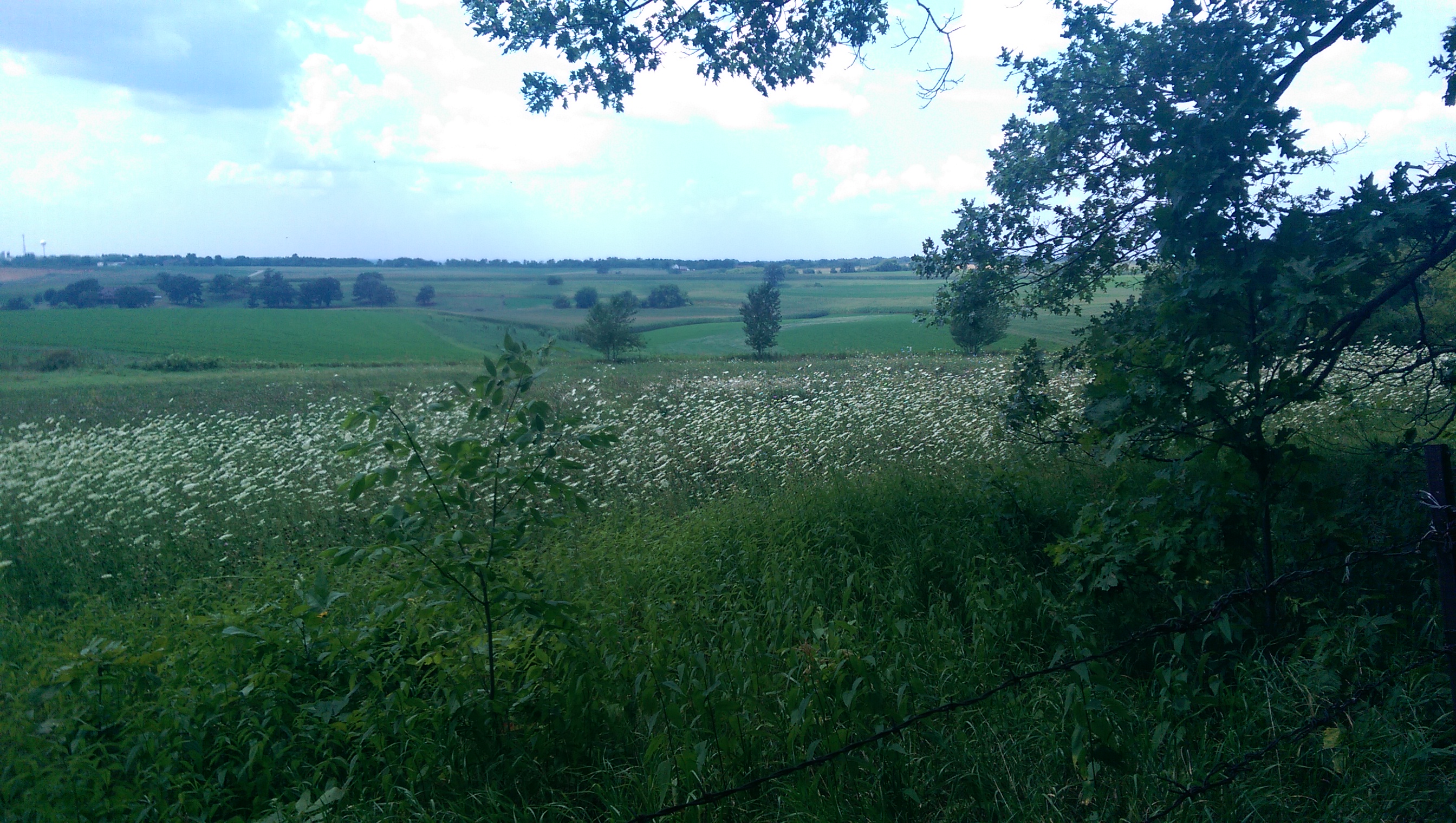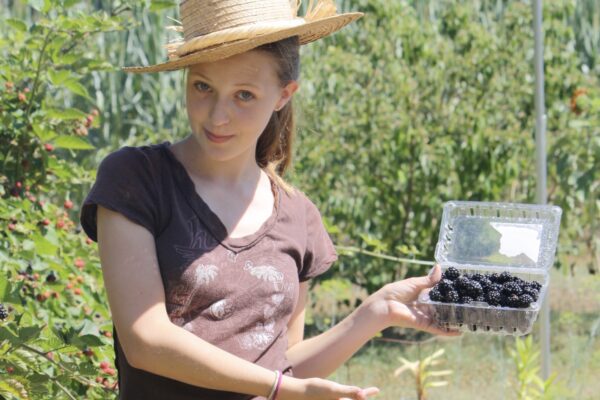Lawns have their place, but in general they have now taken too much place. Aside from the matters of fertilizers, herbicides, pesticides, irrigation, and fossil-fuel consuming mowers, there is the fundamental matter of carbon.
Look at this image of prairie plants and their root systems (created by Heidi Natura of Living Habitats). The root systems of our native prairies and meadows go deep, storing plant material (made of carbon compounds) well beneath the soil’s surface and out of our atmosphere. While doing that they also create channels through the soil that allow rainwater to penetrate deeply rather than forcefully running off of the soil’s surface, eroding nearby streams.
Compare that to the grass on the far left of the picture – you may need to look closely to find it. That’s a lawn. Notice how short the roots are? That means that they are storing very little carbon, and do nothing to help water infiltrate into the soil to be stored for later needs.
What can you do? If you have lawn, start somewhere – go to your local nursery and ask for help selecting native grasses and flowers that you can plant. But don’t stop there. Encourage your employer to rethink his or her landscaping, even if it’s just a little bit. Think also about those public spaces: libraries, schools, parks, and encourage your community to make some changes. Every bit helps.
For those who want to know more, The Roaming Ecologist is a good place to start. And if you want your own copy of the “Root Diagram” poster you can order it here.





